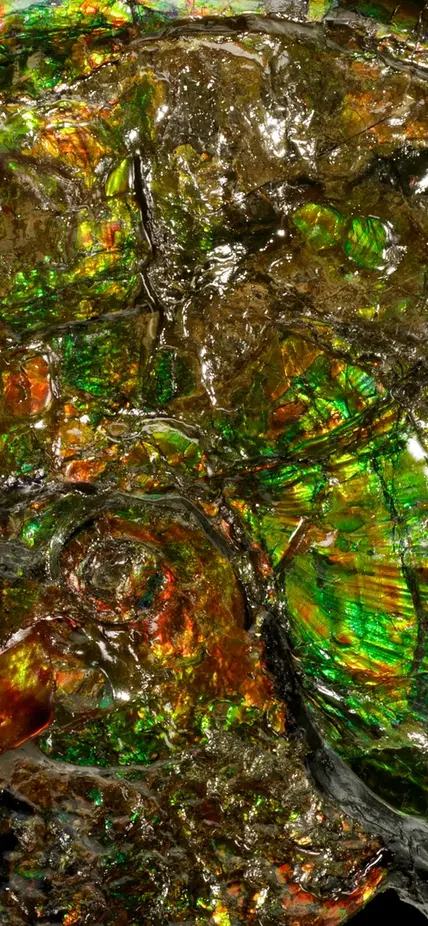Washington, DC—A 15-year study led by Carnegie’s Robert Hazen and Shaunna Morrison details the origins and diversity of every known mineral on Earth, a landmark body of work that will help reconstruct the history of life on our planet, guide the search for new minerals and ore deposits, predict possible characteristics of future life, and aid the search for habitable exoplanets and extraterrestrial life.
For more than a century, thousands of mineralogists from around the globe have carefully documented “mineral species” based on their unique combinations of chemical composition and crystal structure. Carnegie scientists Robert Hazen and Shaunna Morrison took a different approach, emphasizing how and when each kind of mineral appeared through more than 4.5 billion years of Earth history.
In twin papers published by American Mineralogist, Hazen, Morrison, and their collaborators detail how they used extensive database analysis to cluster kindred species of minerals together and distinguish new mineral species based on when and how they originated, rather than solely on their chemical and physical characteristics.
Their work indicates that the number of “mineral kinds”—a term coined in 2020 by Hazen and Morrison—totals more than 10,500. In comparison, the International Mineralogical Association recognizes about 6,000 mineral species on the basis of crystal structure and chemical composition alone.
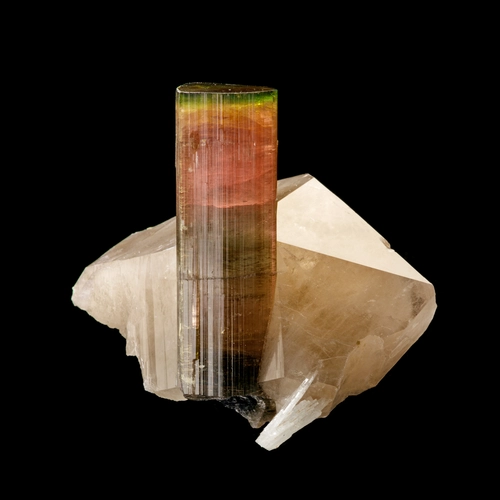
Tourmaline is the most common mineral with the element boron. It forms gorgeous crystals in mineral-rich granite pegmatites, which host hundreds of exotic mineral species. Tourmaline is interesting in the context of lumping and splitting. The International Mineralogical Association recognizes more than 30 "species" of tourmaline, but the new papers acknowledge only a handful of "mineral kinds." The reason is that the composition of tourmaline is highly variable — ratios of Mg/Fe, F/OH, Al/Fe and many other "chemical substitutions" can lead to individual colorfully zoned crystals that hold as many as seven different species but only one “mineral kind.” Credit: ARKENSTONE/Rob Lavinsky.
Tourmaline
Tourmaline is the most common mineral with the element boron. It forms gorgeous crystals in mineral-rich granite pegmatites, which host hundreds of exotic mineral species. Tourmaline is interesting in the context of lumping and splitting. The International Mineralogical Association recognizes more than 30 "species" of tourmaline, but the new papers acknowledge only a handful of "mineral kinds." The reason is that the composition of tourmaline is highly variable — ratios of Mg/Fe, F/OH, Al/Fe and many other "chemical substitutions" can lead to individual colorfully zoned crystals that hold as many as seven different species but only one “mineral kind.” Credit: ARKENSTONE/Rob Lavinsky.
“This work fundamentally changes our view of the diversity of minerals on the planet,” Hazen explained. “For example, more than 80 percent of Earth’s minerals were mediated by water, which is, therefore, fundamentally important to mineral diversity on this planet. By extension, it explains one of the key reasons why the Moon and Mercury and even Mars have far fewer mineral species than Earth.”
“It also tells us something very profound about the role of biology,” he added. “One third of Earth’s minerals could not have formed without biology—shells and bones and teeth, or microbes, for example—or the vital indirect role of biology—importantly by creating an oxygen-rich atmosphere that led to 2,000 minerals that wouldn't have formed otherwise. Each mineral specimen has a history. Each tells a story. Each is a time capsule that reveals Earth's past as nothing else can.”
According to Hazen and Morrison—along with collaborators Sergey Krivovichev of the Russian Academy of Sciences and Robert Downs of the University of Arizona—nature created 40 percent of Earth’s mineral species by more than one method—for example, many minerals arose both abiotically and with a helping hand from living organisms—and in several cases more than 15 different “recipes” produced the same crystal structure and chemical composition.
Of the 5,659 mineral species surveyed by Hazen and colleagues, nine arose via 15 or more origin pathways, each incorporating various combinations of physical, chemical, and biological processes—everything from near-instantaneous formation by lightning or meteor strikes, to changes caused by water-rock interactions or high-pressure, high-temperature transformations that took place over hundreds of millions of years.
And, as if to demonstrate a sense of humor, nature has used 21 different ways over the last 4.56 billion years to create pyrite, also known as Fool’s Gold—the most origin stories of any mineral. Pyrite, composed of one part iron to two parts sulfide, is so stable that it forms under a huge variety of circumstances, including meteorites, volcanos, hydrothermal deposits, by pressure between layers of rock, near-surface rock weathering, in microbially-precipitated deposits, and via several mining-associated processes.
To reach their conclusions, Hazen and Morrison built a database of every known process of formation of every known mineral. Relying on large, open-access mineral databases, amplified by thousands of primary research articles on the geology of mineral localities around the world, they identified 10,556 different combinations of minerals and modes of formation.
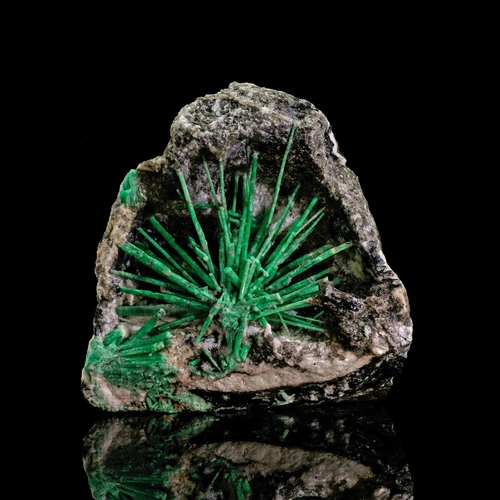
Beryl, the most common mineral containing the element beryllium, comes in many beautiful colors such as emerald—its common name. The authors' new approach to classification includes, among other innovations, lumping several species with the beryl structure into a single "root mineral kind" while splitting off several individual "natural kinds" based on their unique formational environments, which create distinct red, pink, blue, and green "kinds". Credit: ARKENSTONE/Rob Lavinsky
Beryl
Beryl, the most common mineral containing the element beryllium, comes in many beautiful colors such as emerald—its common name. The authors' new approach to classification includes, among other innovations, lumping several species with the beryl structure into a single "root mineral kind" while splitting off several individual "natural kinds" based on their unique formational environments, which create distinct red, pink, blue, and green "kinds." Credit: ARKENSTONE/Rob Lavinsky
“No one has undertaken this huge task before,” said Hazen, who honored last year by the IMA with its medal for his outstanding achievements in mineral crystal chemistry, particularly in the field of mineral evolution. “In these twin papers, we are putting forward our best effort to lay the groundwork for a new approach to recognizing different kinds of minerals. We welcome the insights, additions, and future versions of the mineralogical community.”
The papers’ groundbreaking observations and conclusions include:
- Water has played a dominant role in the mineral diversity of Earth, was involved in the formation of more than 80 percent of mineral species.
- Life played a direct or indirect role in the formation of almost half of known mineral species while a third of known minerals—more than 1,900 species—formed exclusively as a consequence of biological activities.
- Rare elements play a disproportionate role in Earth's mineral diversity. Just 41 elements—together constituting less than 5 parts per million of Earth’s crust—are essential constituents in some 2,400 (more than 42 percent) of Earth’s minerals. The 41 elements include arsenic, cadmium, gold, mercury, silver, titanium, tin, uranium, and tungsten.
- Much of Earth's mineral diversity was established within the planet’s first 250 million years
- Some 296 known minerals are thought to pre-date Earth itself, of which 97 are known only from meteorites, with the age of some individual mineral grains estimated at 7 billion years—which was billions of years before the origin of our Solar System.
- The oldest known minerals are tiny, durable zircon crystals that are almost 4.4 billion years old.
- More than 600 minerals have derived from human activities, including more than 500 minerals caused by mining, 234 of them formed by coal mine fires.
Hazen, Morrison, and their colleagues propose that, complementary to the IMA-approved mineral list, new categorizations and groupings be created on the basis of a mineral’s genesis. For example, science can group 400 minerals formed by condensation at volcanic fumaroles—the openings in the Earth's surface that emit steam and volcanic gasses.
Their papers detail other considerations in the clustering and classification of minerals, such as the eon in which they formed. For example, Earth’s so-called Great Oxidation Event about 2.3 billion years ago led new minerals to form at the planet’s near-surface. And about 4.45 billion years ago, when water first appeared, the earliest water-rock interactions may have produced as many as 350 minerals in near-surface marine and terrestrial environments.
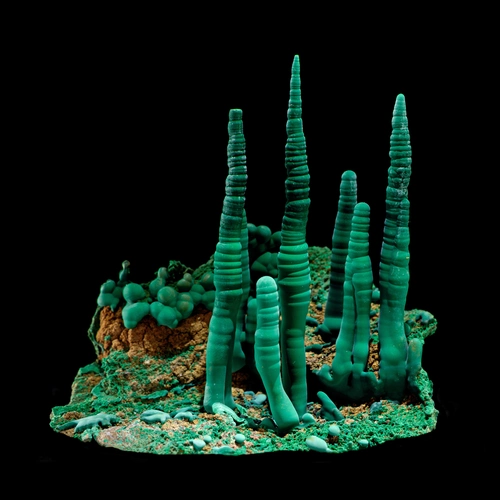
Malachite is an example of a mineral that formed after life created atmospheric oxygen about 2.5 billion years ago. They are among hundreds of beautiful blue and green copper minerals that form near Earth's surface as ore deposits weather. Credit: ARKENSTONE/Rob Lavinsky.
Malachite
Malachite is an example of a mineral that formed after life created atmospheric oxygen about 2.5 billion years ago. They are among hundreds of beautiful blue and green copper minerals that form near Earth's surface as ore deposits weather. Credit: ARKENSTONE/Rob Lavinsky.
It appears, too, that hundreds of different minerals may have formed on Earth prior to the giant impact that vaporized much of our planet’s crust and mantle and led to the Moon’s formation about 4.5 billion years ago. If so, those minerals were obliterated, only to reform as Earth cooled and solidified.
Beyond accidental mineral creations, humanity has manufactured countless thousands of mineral-like compounds that don’t qualify as minerals by the IMA standards, but do qualify as mineral kinds by Hazen and Morrison’s methodology. This includes building materials, semiconductors, laser crystals, specialty alloys, synthetic gemstones, plastic debris and the like—all “likely to persist for millions of years in the geologic record, providing a clear sedimentary horizon that marks the so-called “Anthropocene Epoch.”
Meanwhile, there are also 77 “biominerals,” that were formed by a variety of metabolic processes—this includes everything from minerals derived by corals, shells, and stinging nettles to minerals in bones, teeth, and kidney stones. Another 72 minerals originated directly or indirectly from the guano and urine of birds and bats.
The researchers noted that between the formation of oceans, the extensive development of continental crust, and perhaps even the initiation of some early form of the process that now drive plate tectonics, many important mineral-forming processes—and the origins of as many as 3,534 mineral species—took place in Earth’s first 250 million years. If so, then most of the geochemical and mineralogical environments invoked in models of life’s origins would have been present by 4.3 billion years ago.
If life is “a cosmic imperative that emerges on any mineral- and water-rich world,” the authors concluded, “then these findings support the hypothesis that life on Earth emerged rapidly, in concert with a vibrant, diverse Mineral Kingdom, in the earliest stages of planetary evolution.”
Pyrite
Pyrite forms in 26 different ways, the most of any mineral. Pyrite is so stable that it forms both at high temperature and low, both with and without water, and both with the help of microbes and in harsh environments where life plays no role whatsoever. These examples formed by the gradual precipitation of crystals from a solution rich in iron and sulfur. The large cubes are wonders of nature. Credit all photos: ARKENSTONE/Rob Lavinsky
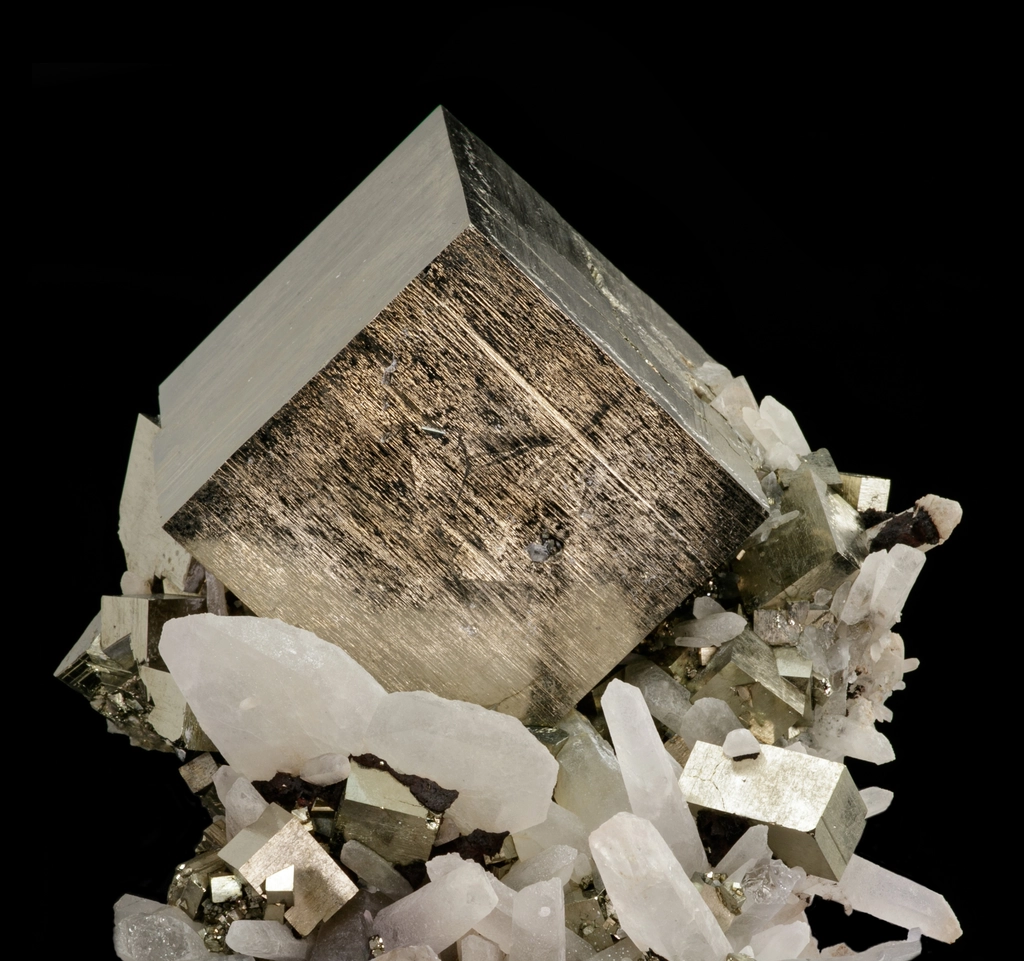
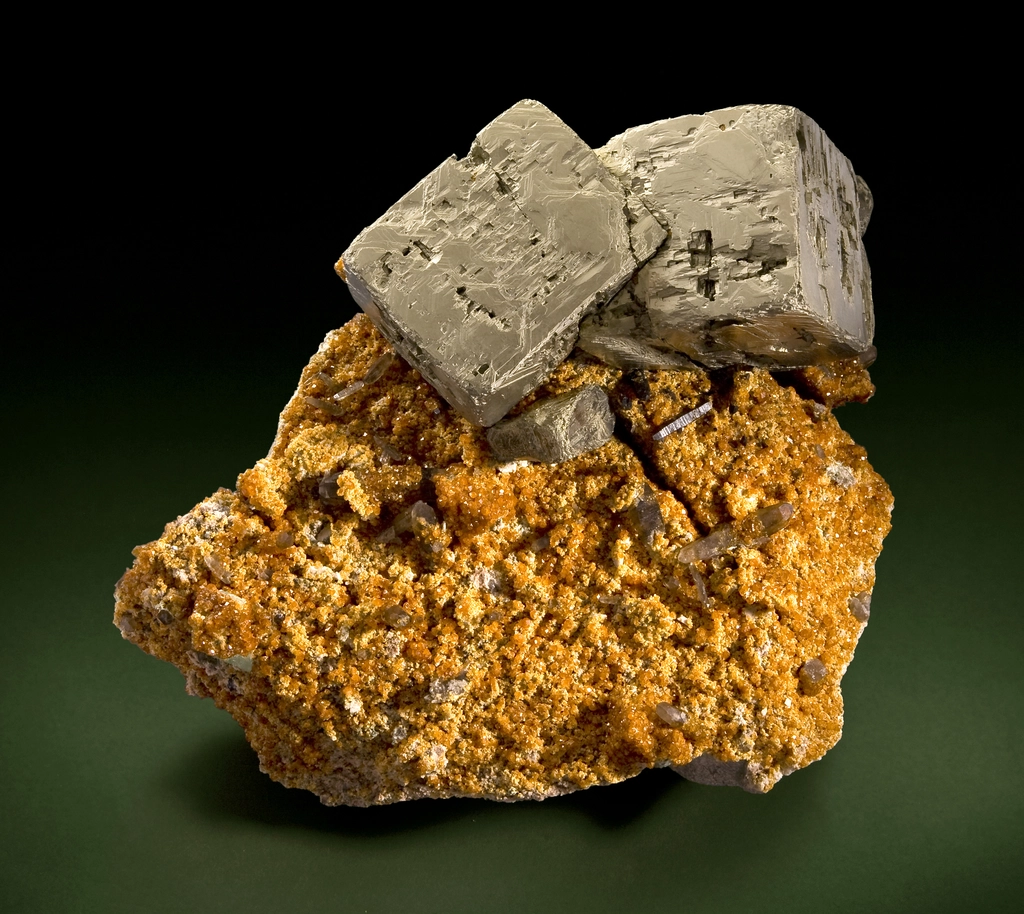
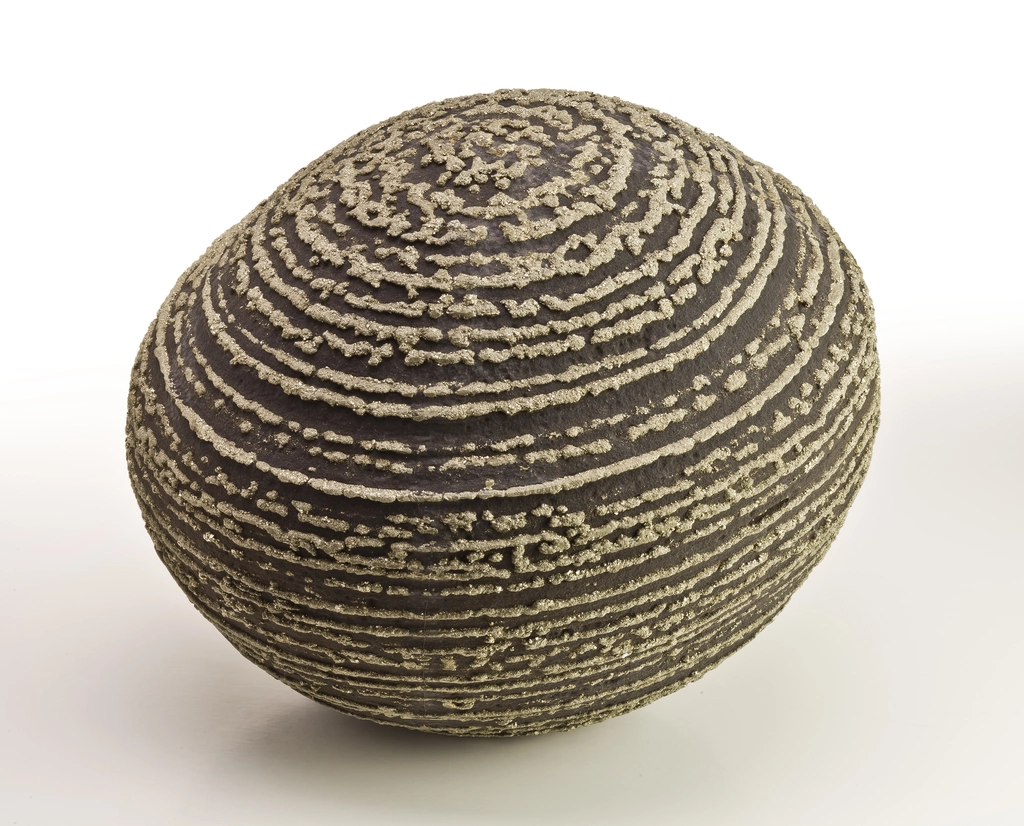
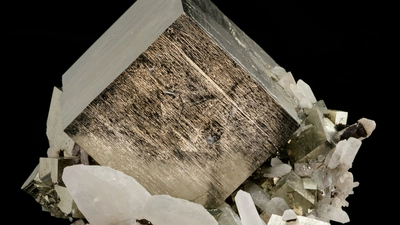
Pyrite. Credit: ARKENSTONE/Rob Lavinsky
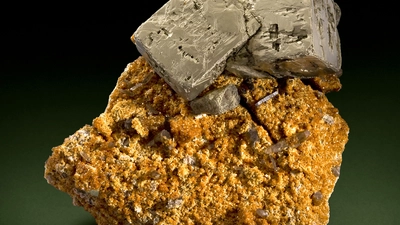
Pyrite. Credit: ARKENSTONE/Rob Lavinsky
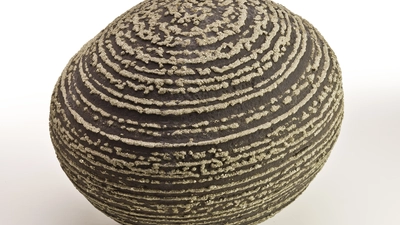
Pyrite. Credit: ARKENSTONE/Rob Lavinsky
Acknowledgments
The research was supported by the John Templeton Foundation, the NASA Astrobiology Institute ENIGMA team, and the Carnegie Institution for Science.
